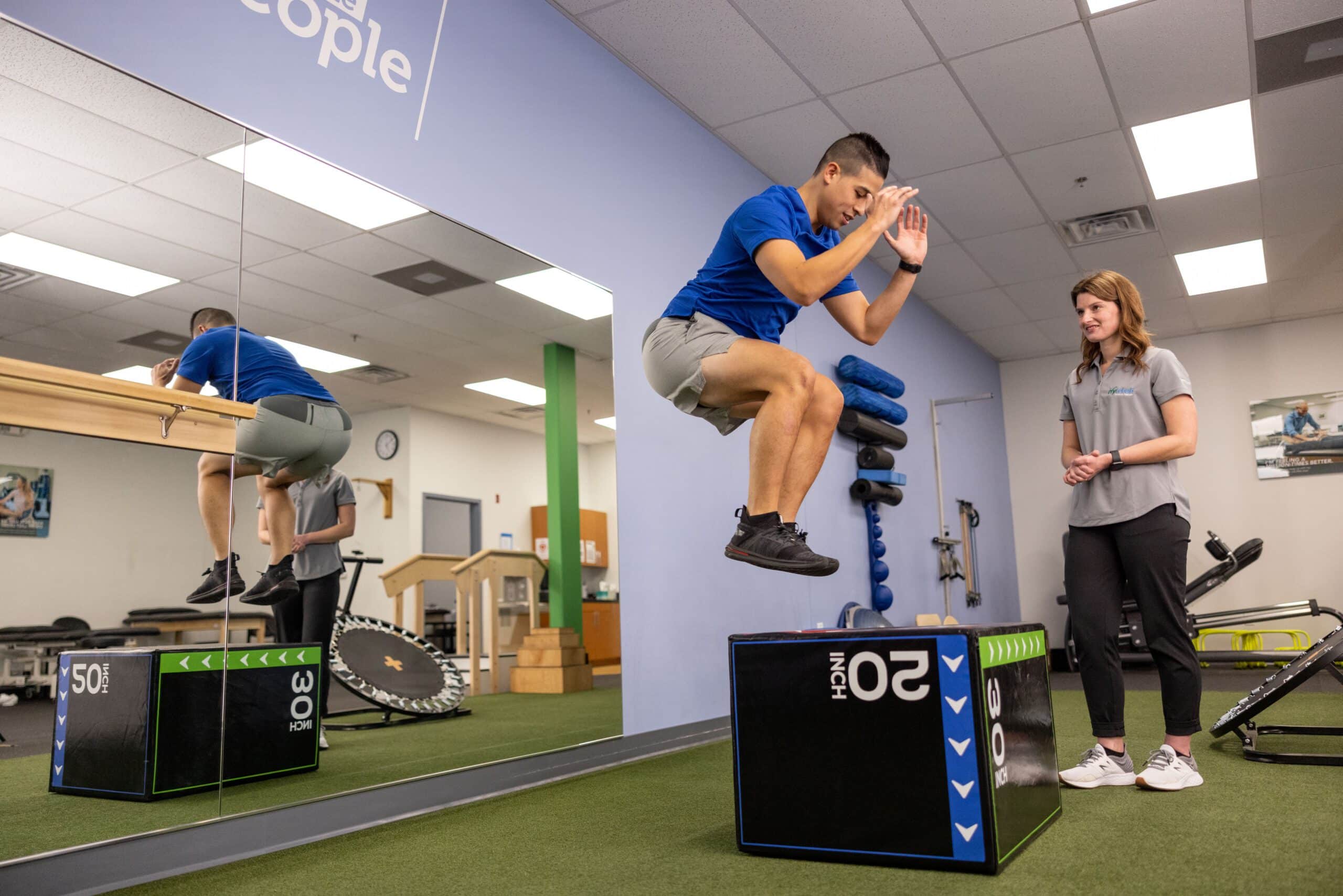Learning Common Athletic Injuries as well as Efficient Rehabilitation Plans for Athletes
Athletic traumas are frequent among athletes of all ages and proficiency levels. These injuries can occur in multiple forms, including sprains, muscle injuries, breaks, and tendon inflammation. Understanding the types of traumas that can happen during athletic events is essential for both avoiding and care. Sprains, for example, entail the overextending or tearing of connective tissues, which link bones at a articulation. Strains, on the contrary hand, affect muscles or tendon structures, which connect muscles to skeletal structures. Recognizing these injuries promptly can help sportspeople obtain appropriate treatment and return to their activity more rapidly.One of the most frequently observed traumas in athletics is the ankle ligament injury. This injury often happens when an individual lands ungracefully or twists their foot during a game. Signs of an ankle ligament injury include pain, inflammation, and difficulty moving. Prompt treatment typically includes the R.I.C.E. method, which represents for Rest, Cooling, Compression, and Lifting. This approach aids reduce inflammation and pain. In severe severe situations, physical treatment may be necessary to regain strength and flexibility to the foot before returning to athletics.
Another frequent injury is a muscular strain, which can occur in all sport that demands sudden actions or heavy weight-bearing. Athletes may experience a muscular strain when they extend a muscle too far or when they apply too great force. Signs include sharp discomfort, inflammation, and muscle contractions. Rehabilitation for muscular strains often entails gentle stretching and strengthening workouts. Gradually increasing activity levels is vital to prevent recurrence. Athletes should collaborate closely with a rehabilitative specialist to develop a secure and effective recovery strategy.
Tendon inflammation is another injury that can impact athletes, particularly those who engage in repetitive motions, such as runners or aquatic athletes. This issue happens rehabilitation for sports-related pain management when a tendon structure, which links muscular tissue to bone, becomes inflamed. Common areas involved by tendon inflammation include the arm, upper arm, and leg. Signs often include pain and stiffness, especially during movement. Treatment for tendon inflammation usually includes recovery, cooling, and pain-relief medications. In certain situations, rehabilitative treatment may be suggested to enhance mobility and power in the affected area.
Preventing sports traumas is just as crucial as addressing them. Sportspeople can minimize their chance of trauma by heating up correctly before events, using the appropriate equipment, and maintaining good physical shape. Strength training and stretching workouts can help prepare the physique for the demands of sports. Additionally, sportspeople should pay attention to their physical condition and take breaks when necessary. By comprehending frequent sports injuries and applying efficient rehabilitation strategies, sportspeople can remain healthy and participate in their beloved sports for years to follow.
